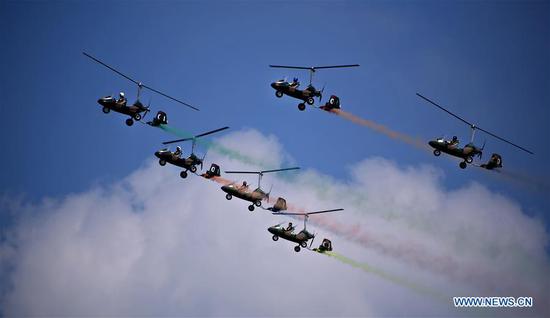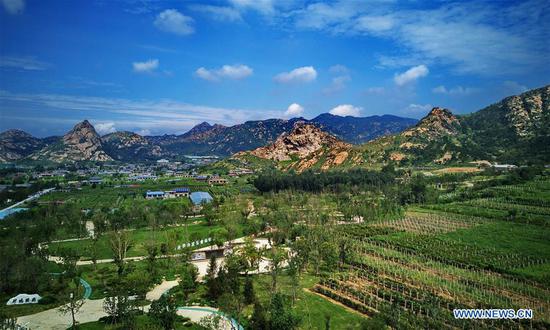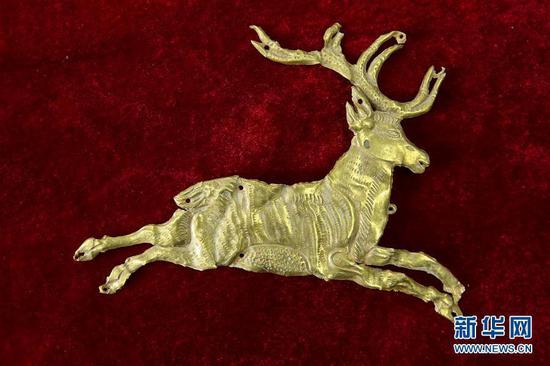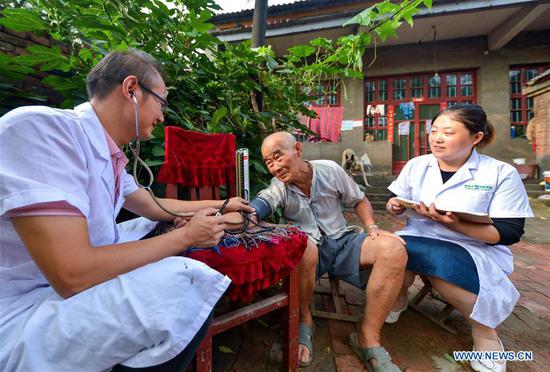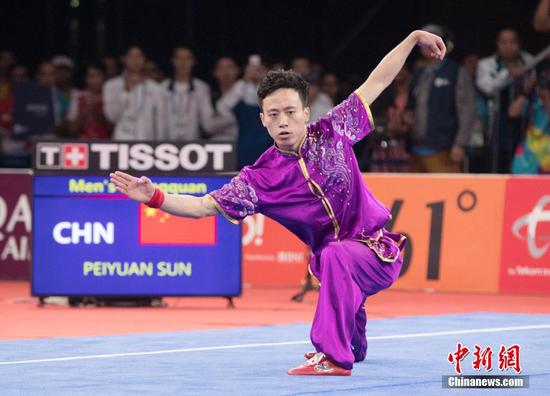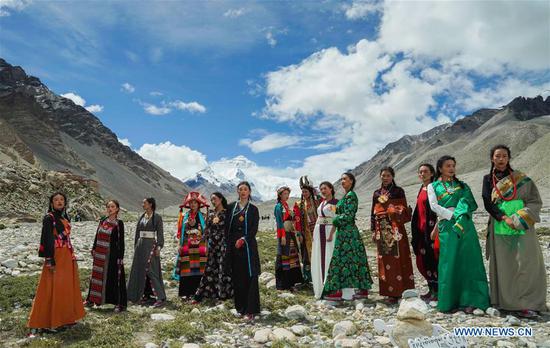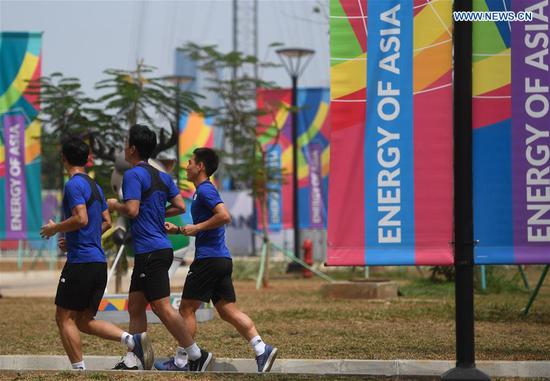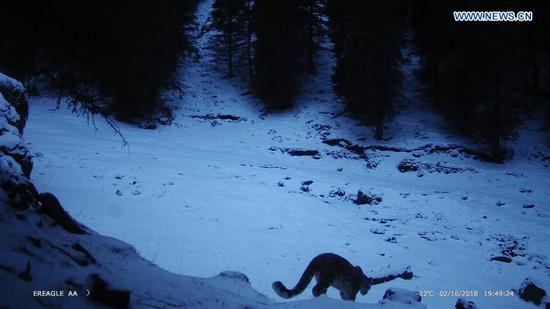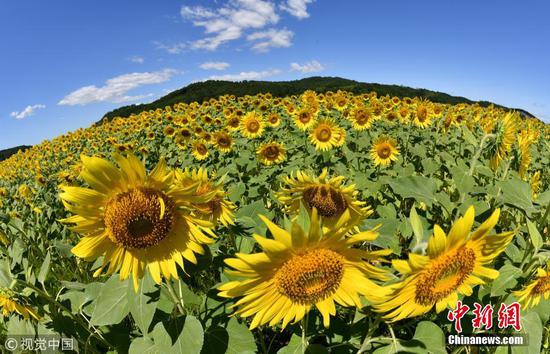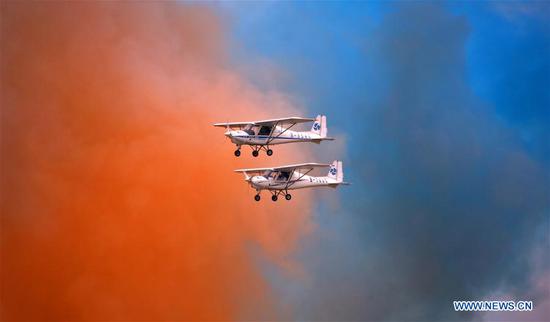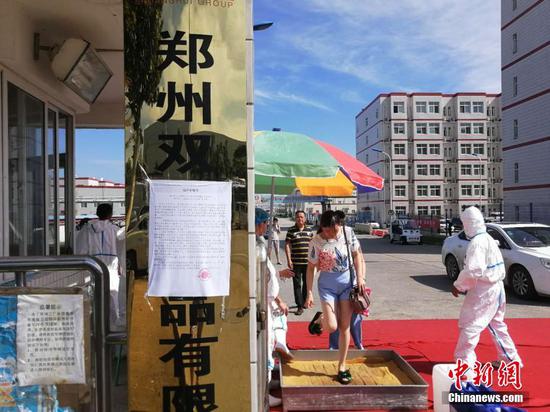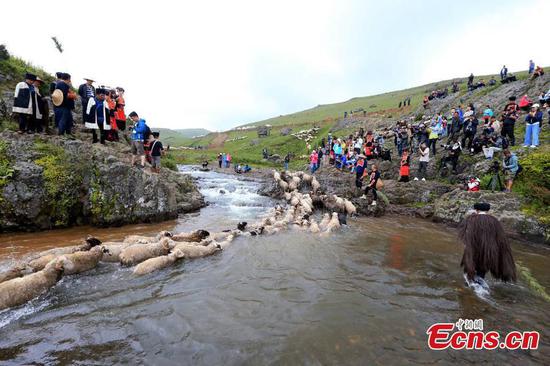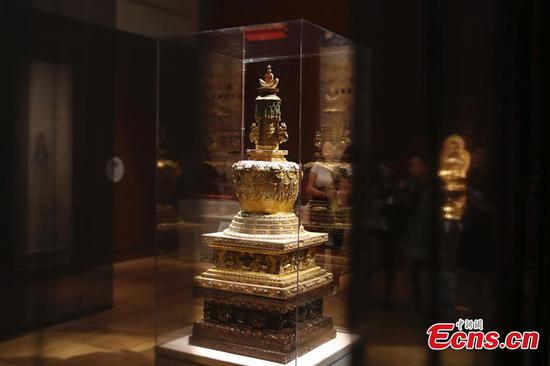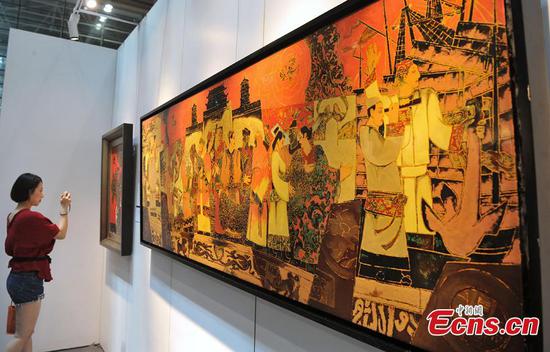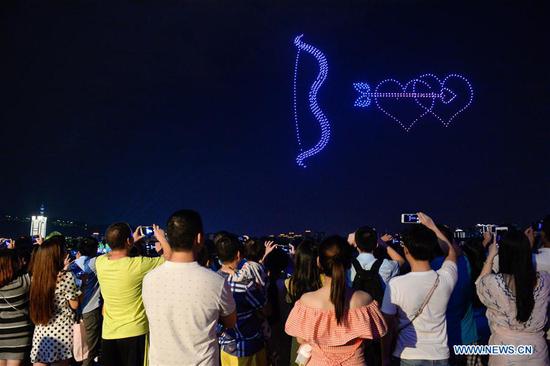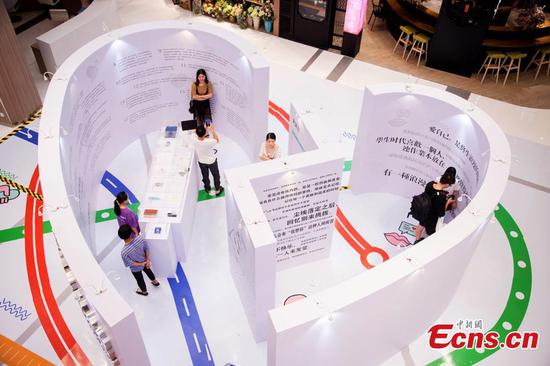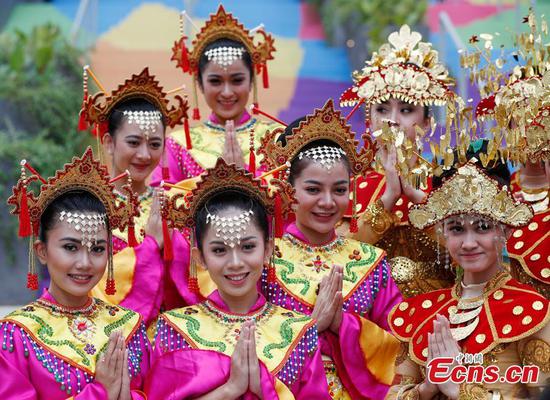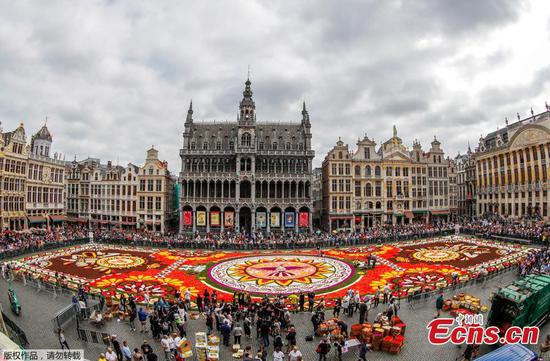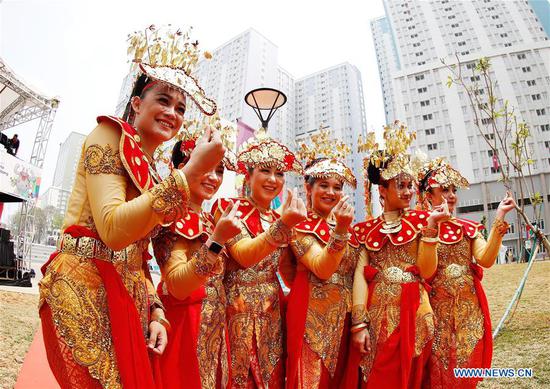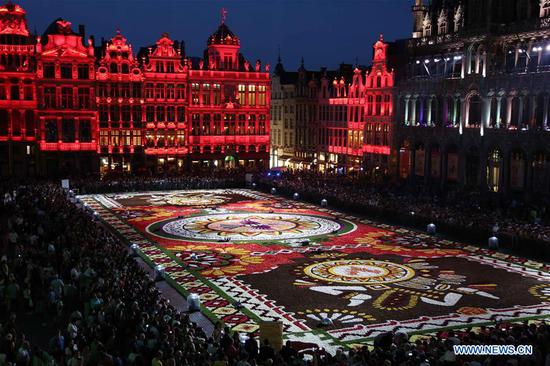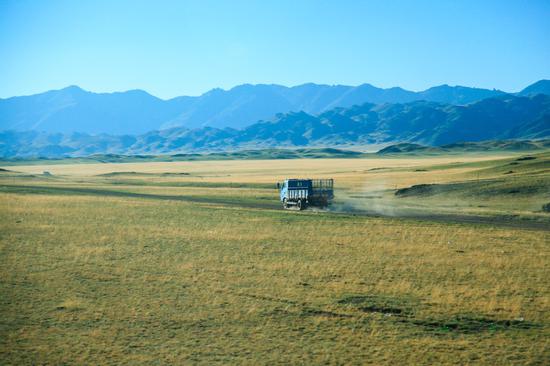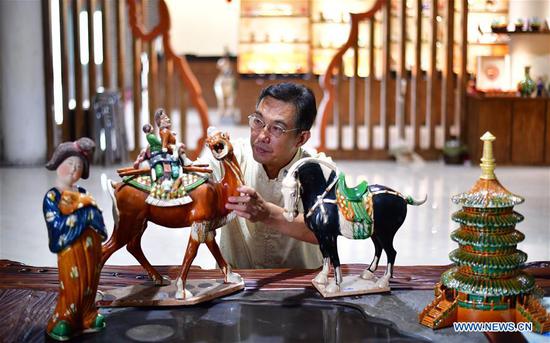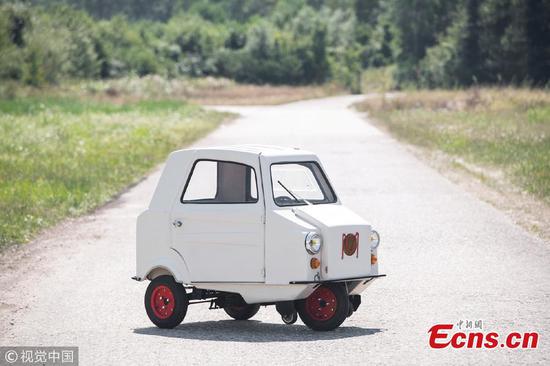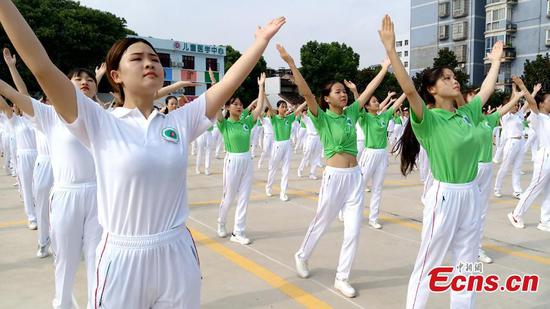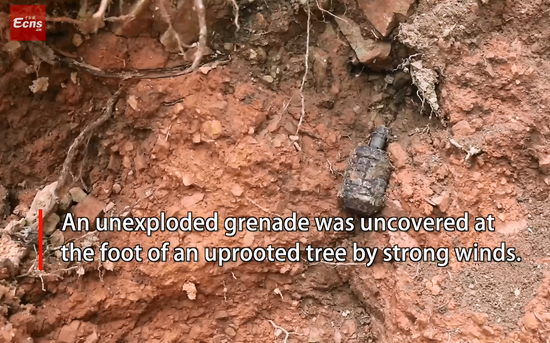A group of South Korean families separated by the 1950-53 Korean War from relatives living in the Democratic People's Republic of Korea (DPRK) left Monday morning for Mount Kumgang in southeast DPRK for rare reunions with their long-lost relatives.
The South Korean separated families gathered Sunday at the northeast coastal city of Sokcho to register for reunions, get their health checked among other preparations.
The first session of reunions, scheduled to last from Monday to Wednesday, would be attended by 89 South Koreans who have never seen their DPRK relatives since the Korean War ended with armistice, and 108 other accompanying family members.
The second session of three-day reunions, involving 83 DPRK family members who applied for gatherings with South Korean relatives, will begin later this week at the same venue. The two Koreas agreed in June to hold the reunions as part of efforts to implement the Panmunjom Declaration.
The declaration was signed by South Korean President Moon Jae-in and top DPRK leader Kim Jong Un after their first summit on April 27 at the border village of Panmunjom to defuse military tensions and increase exchanges of the two sides.
It will be the first reunion of the war-separated families in nearly three years. The latest was held in October 2015.
A combined 20 rounds of face-to-face reunions have been arranged since the first-ever inter-Korean summit was held in 2000, but the reunions have been limited to about 200 separated families from each side. Over half of South Koreans on the waiting list for reunions are in their 80s or older.
Their meeting, arranged after decades of separation, will be painfully short. They will be granted permission to meet for only 11 hours in group and private gatherings during the three-day reunions.
It could be the only chance for the separated families to meet face-to-face. The eldest South Korean participant for the first session of reunions is a 101-year-old Baek Sung-gyu who will meet his daughter-in-law and granddaughter from the DPRK.









